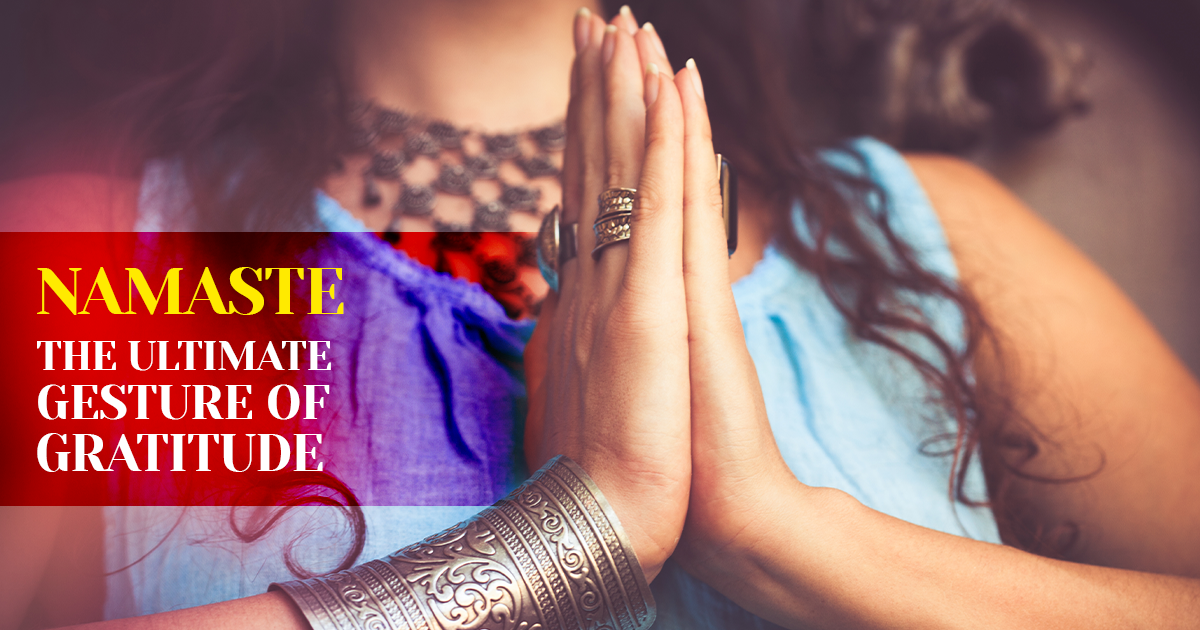Namaste: The Ultimate Gesture of Gratitude
2nd May 2022 | Author - Viraj Malik
In Indian culture, namaste is a way of greeting each other. It is equivalent to a "hello" in the western world. The word Namaste comes from the Sanskrit phrase “Namaskar". The root word in Sanskrit is "Namah", which literally means "not myself" or, in expression, "to bow to".
Namaskar is composed of three Sanskrit words:
- Nam, which means "to bow to"
- As, which means "to be" or "to exist", As also means “I”
- Kar, which means "doing" or "one who does," Te from namaste means "you."
What it means is that I bow to the one who exists within you, i.e., I bow to the divinity within the person whom I am paying respect to.
A Namaskar is a more formal way of paying this respect and may even involve touching the feet and seeking blessings when done to the elders of the family, teachers, or Gurus.
Namaste is a more informal greeting where we place our hands together at the heart, close our eyes and bow. The mere act of Namaskar, or Namaste, helps us to dissolve our ego identity.
Namaskar and Namaste are one thing only if we don’t go by how it sounds. It’s not like one is formal and the other one is not.
In yogic philosophy, it’s also known as Anjali or Atmanjali mudra. Where Anjali means palm and Mudra means posture, this is done by joining both palms together.
Our bodies are made up of five basic elements, and each finger represents one of those elements. The thumb represents fire, the index finger represents air, the middle finger represents space, the ring finger represents earth, and the small finger represents water. When we join the palms and all the fingers come into contact, all the elements get harmonized and come into a balanced state.
Benefits:
- It helps us to be more grounded and humble.
- It stimulates the heart chakra.
- Relieve stress
- Improve focus.
- Brings more flexibility to wrist and arm joints.


